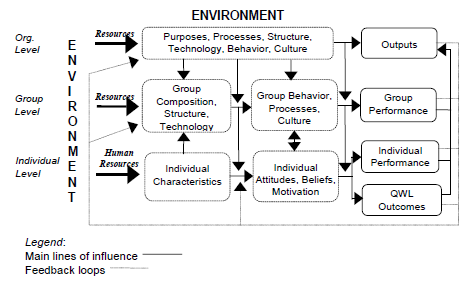27 August 2013, Singapore: In the late 1990, Business Link organization and Warwick University conducted a study to identify why management development strategies fail to work. The findings were: -
- Activity not linked to organizational objectives
- Change process not managed
- Corporate culture not taken into account
- Lack of ownership
- Lack of evaluation
- No overall strategy for corporate development
- Purchasers not clear about what they are buying
- Suppliers finding solutions to problems they can solve
- Time pressures on managers
The main root cause is lack of investment in time and resources to conduct an appropriate diagnosis. For OD interventions to be successful, we need to …
- have a solid understanding of “where are we now”;
- know who can we benchmark and measure at;
- consider existing policy and strategy related to the identified problem area.
In summary, before rolling out any OD initiative we need to conduct some form of quantitative diagnostic process.












.png)
